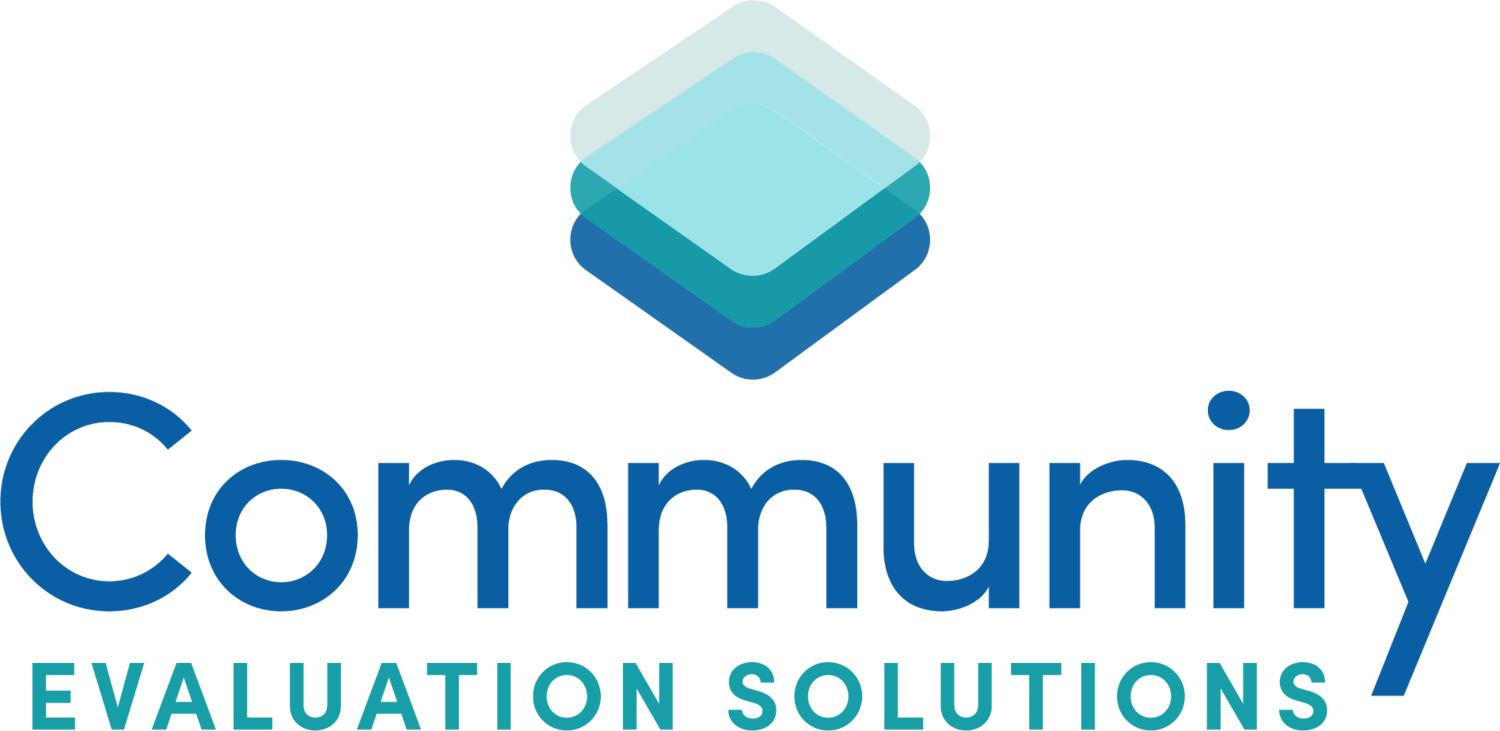Five Tips to Help Your Coalition Achieve Big Things
Teen playing basketball mira-kireeva-YFIcazN-Sw4-unsplash.jpg
lash.jpg
Did you love Field Day as a kid?
Not me. I hated it.
I could not do a pull-up to save my life. My attempt at the 50-yard dash was just, well, sad. I don’t even want to talk about the free throw competition. I am all of 5’2” now, so imagine me at 12.
Suffice to say, I never won a blue ribbon on field day.
The speech contest, now that is something I excelled at.
We can’t be good at everything, right?
What is your coalition good at? If you are great at meeting and talking. I have some bad news for you. You likely won’t achieve any real change in your community. There are no blue ribbons for being a meet and talk group.
Are you frustrated with your organization’s lack of progress? I feel you. I have worked with so many community groups just like yours.
Try these 5 tips for getting your group moving so you can achieve those big goals. By the way, Achieve is the last level of my Coalition Framework.
1) Try having an interactive discussion with your group about what they really want to achieve. I use activities such as facilitated discussions, strategic planning, mind-mapping, or a theory of change process to get everyone involved. When you get your group engaged, they own the change they want to create!
2) I don’t know about you, but boring, unproductive meetings are one of my pet peeves. Use a goal-oriented approach for every meeting. This means having a clear purpose for the meeting i.e., the overall goal (Gather feedback, decision making, build capacity etc.) and a desired outcome or outcomes of each meeting.
3) Teach your group about the phases of group process. You remember those…forming, storming, norming, performing? Understanding these phases will normalize group conflict and help members stay engaged when things get difficult. Take it a step further by having your group come up with agreements. Like, “We agree that there will not be any parking lot conversations.” Or “We agree to assume good will.”
4) Use participatory decision-making processes. Start with facilitative listening. This involves hearing from everyone in the room. It’s a great way to ensure that all voices are heard. Then use other activities like brainstorming, individual reflection (for your introverts), sticky notes, organizing ideas by themes, or mind-mapping to create energy and move the group forward.
5) Monitor the implementation and outcomes of those decisions. The other day I was in a meeting with a board member, and they mentioned that their board had talked about doing some event, but that the effort had fizzled out. If you fail to keep your big goals front and center and keep your eyes on the desired outcomes, nothing is going to happen. At best, your community members will feel let down, at worst, they will feel betrayed.
Which of these tips would you like to know more about?
Write back and let me know.
Not sure where to begin?
Check out my resource page. Maybe my Coalition Assessment Tool can help. Let me know if you try it.


